Echeveria ‘Black Knight’ – Tips For Growing A Black Knight Succulent
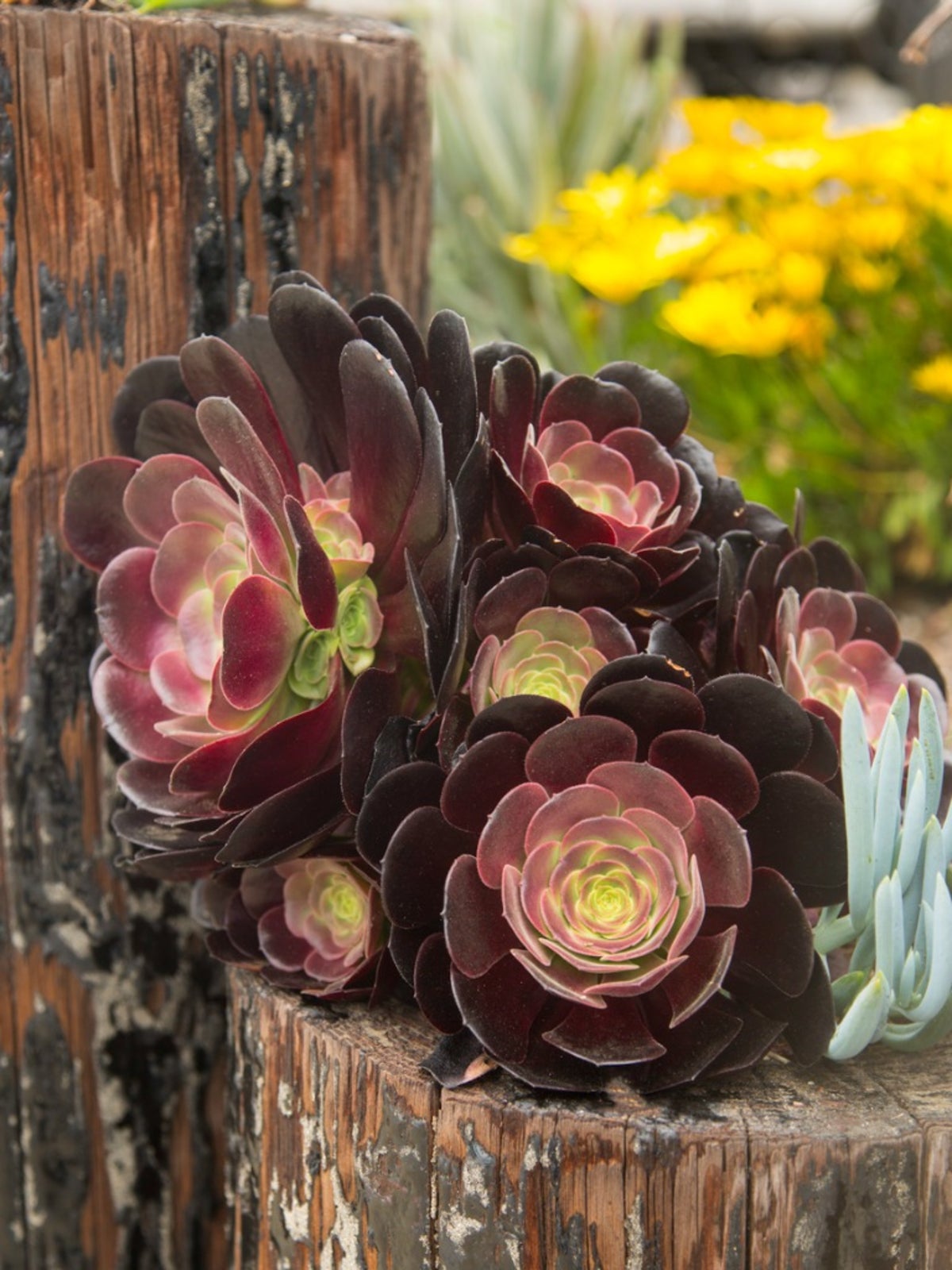

Also known as Mexican hen and chicks, Black Knight echeveria is an attractive succulent plant with rosettes of fleshy, pointy, blackish purple leaves. Interested in growing Black Knight plants in your garden? It’s relatively easy as long as you follow a few basic rules. This article can help with that.
About Black Knight Echeveria
Echeveria plants abound in variety, and their ease of care makes them popular succulent plants to grow. The new growth in the center of Black Knight rosettes provides a bright green contrast to the dark outer leaves. In late summer and fall, Black Knight succulents produce colorful, coral-red blooms atop slender, arching stalks. As an added benefit, deer and bunnies tend to steer clear of Black Knight plants. Native to South and Central America, Black Knight echeveria is suitable for growing in the warm climates of USDA plant hardiness zones 9 or above. The plant won’t tolerate frost, but you can grow Black Knight echeveria indoors, or grow them in pots outdoors and bring them inside before the temperature drops in fall.
Growing Echeveria Black Knight Plants
Outdoors, Black Knight plants prefer poor to average soil. Indoors, you plant Black Knight in a container filled with cactus potting mix or a mixture of regular potting mix and sand or perlite. Black Knight succulents prefer full sunlight, but a little afternoon shade is a good idea if you live in a hot climate. Intense afternoon sunlight may be too intense. Indoors, echeveria Black Knight needs a sunny window, but no direct sunlight during hot afternoons. Water the soil or potting mix and never let water sit in the rosettes. Excessive moisture on the foliage can invite rot and other fungal diseases. Water indoor Black Knight succulents deeply until water trickles through the drainage hole, then don’t water again until the soil feels dry to the touch. Be sure to pour extra water out of the drainage saucer. Cut back on watering if the leaves look shriveled or wilted, or if the plants are dropping leaves. Decrease watering during the winter months. Echeveria Black Knight plants don’t require a lot of fertilizer and too much can burn the leaves. Provide a light dose of a slow-release fertilizer in spring or apply a very weak solution of water-soluble fertilizer occasionally throughout spring and summer. Remove lower leaves from outdoor Black Knight plants as the plant matures. Older, lower leaves may harbor aphids and other pests. If you bring Black Knight succulents indoors in autumn, return them to the outdoors gradually in spring, beginning in light shade and slowly moving them into the sunlight. Drastic changes in temperature and sunlight create a difficult adjustment period.
Gardening tips, videos, info and more delivered right to your inbox!
Sign up for the Gardening Know How newsletter today and receive a free copy of our e-book "How to Grow Delicious Tomatoes".

A Credentialed Garden Writer, Mary H. Dyer was with Gardening Know How in the very beginning, publishing articles as early as 2007.
-
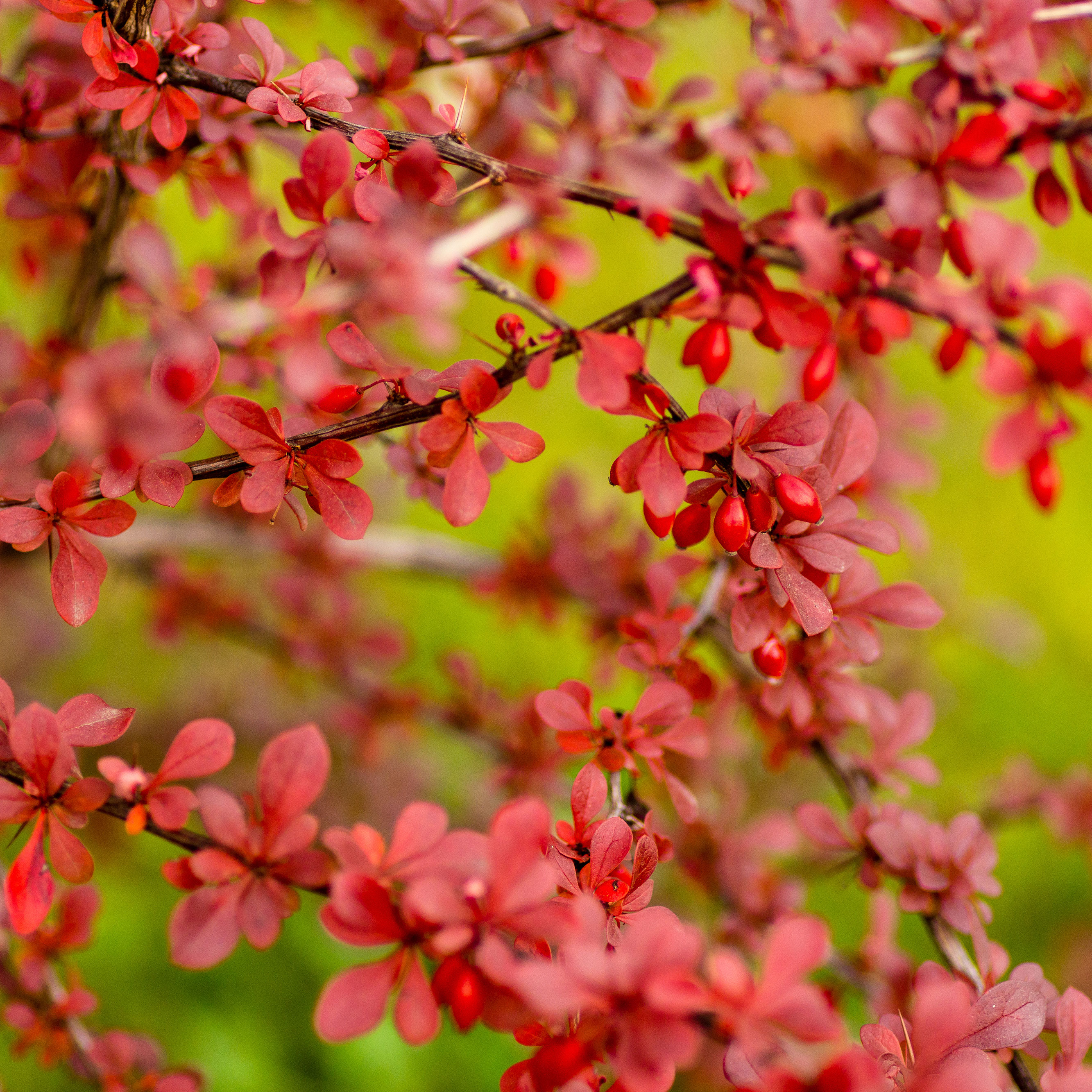 Which Invasive Shrubs Should You Avoid Growing? Plus, Best Natives To Plant Instead
Which Invasive Shrubs Should You Avoid Growing? Plus, Best Natives To Plant InsteadCertain plants may look lovely but they can wreak havoc to local areas and native wildlife. Here are the key invasive shrubs to avoid – with recommendations on gorgeous native alternatives to try
-
 What Not To Plant With Tomatoes: 8 Bad Neighbors That Could Ruin Your Harvest
What Not To Plant With Tomatoes: 8 Bad Neighbors That Could Ruin Your HarvestNot all companion plants are beneficial – some can sabotage your tomatoes. Find out which ones to keep at a safe distance in the garden.
-
 Echeveria Pallida Plant Info: Growing Argentine Echeveria Succulents
Echeveria Pallida Plant Info: Growing Argentine Echeveria SucculentsIf you enjoy growing succulents, then Echeveria pallida may be just the plant for you. Click here to learn about Argentine echeveria plants.
-
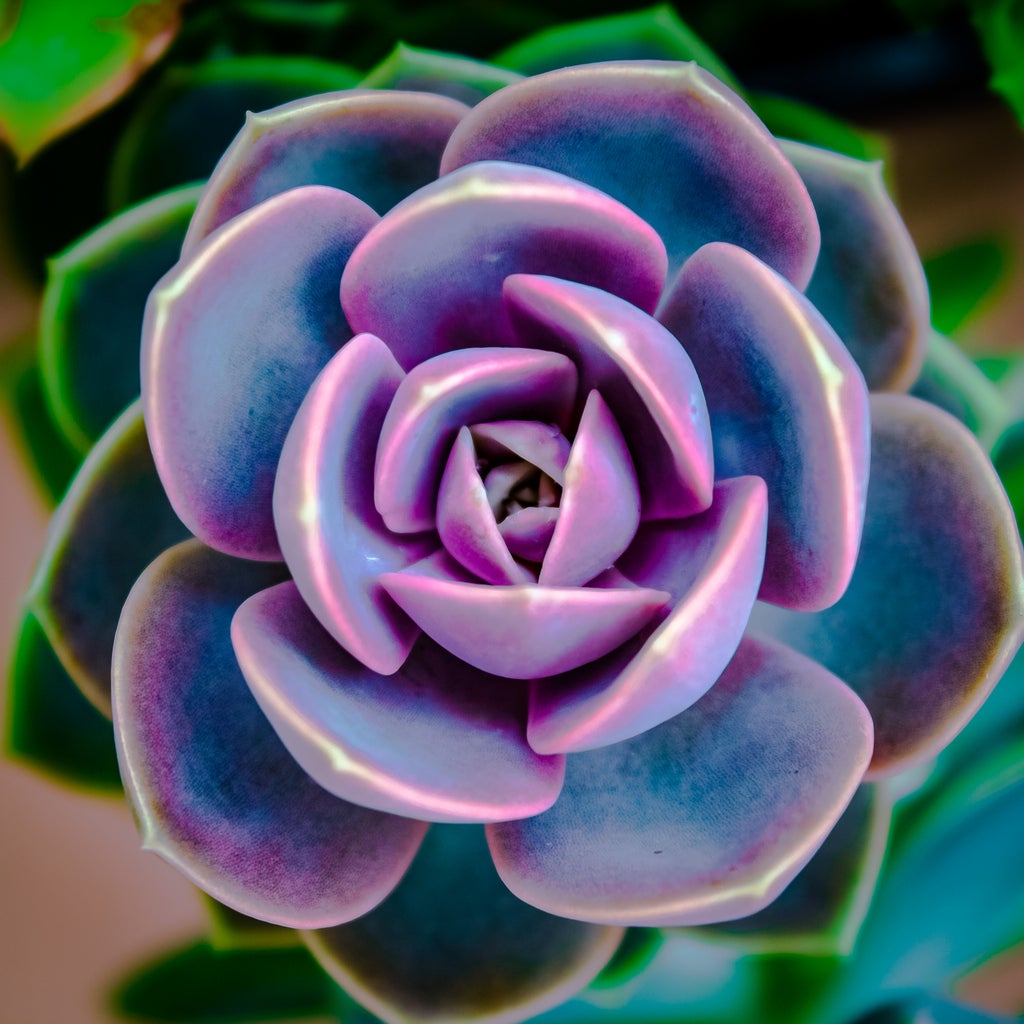 Perle Von Nurnberg Info: What Is A Perle Von Nurnberg Plant
Perle Von Nurnberg Info: What Is A Perle Von Nurnberg PlantEcheveria are some of the easiest succulents to grow, and the Perle von Nurnberg plant is one of the prettiest examples of the group. Click here for some comprehensive Perle von Nurnberg information.
-
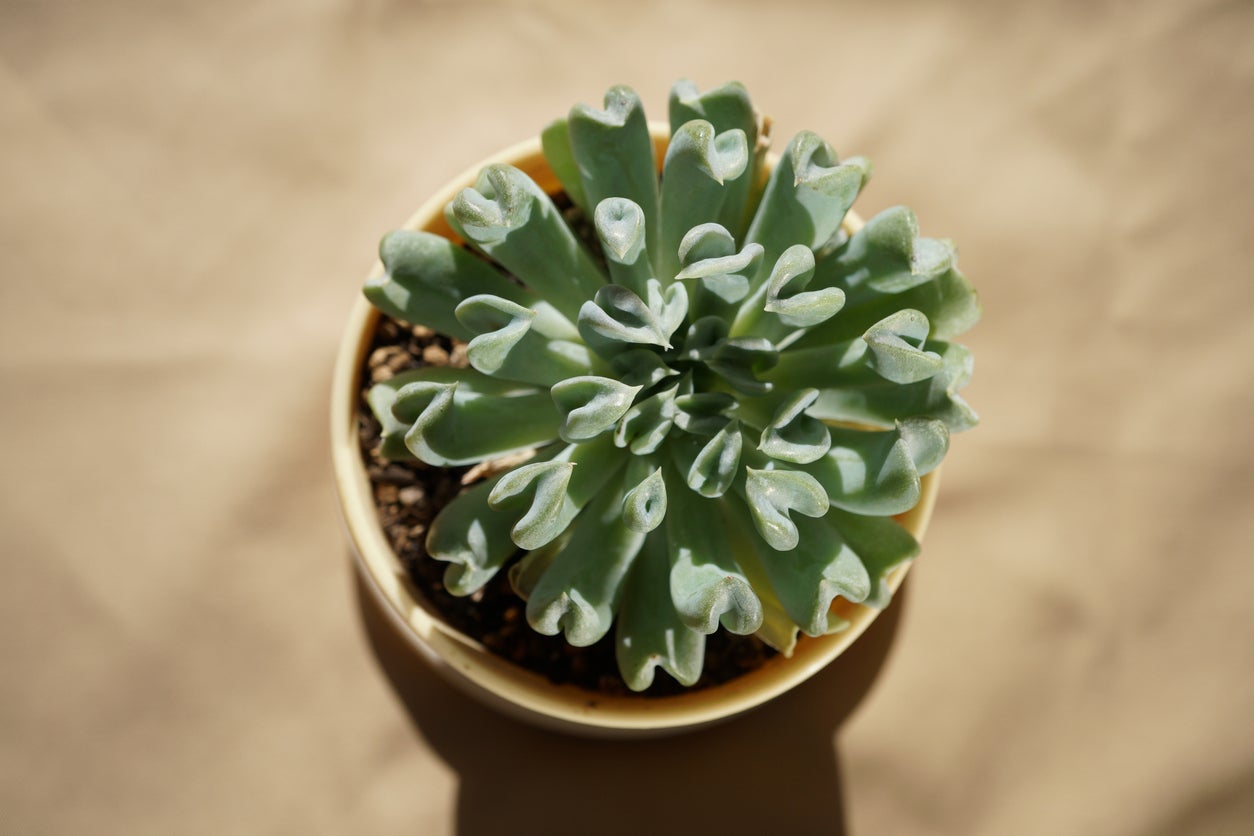 Topsy Turvy Echeveria Care: How To Grow A Topsy Turvy Plant
Topsy Turvy Echeveria Care: How To Grow A Topsy Turvy PlantSucculents are varied and come in a lot of different shapes and colors. A Topsy Turvy plant is a stunning type of echeveria, one large group of succulents, that is easy to grow and adds visual interest to desert beds and indoor containers. Learn more in this article.
-
 Arctic Ice Succulent: What Is An Arctic Ice Echeveria Plant
Arctic Ice Succulent: What Is An Arctic Ice Echeveria PlantSucculents are enjoying immense popularity as party favors, particularly as wedding take away gifts. If you have been to a wedding lately, you may have come away with an Echeveria ‘Arctic Ice’ succulent, but how do you care for it? This article will help.
-
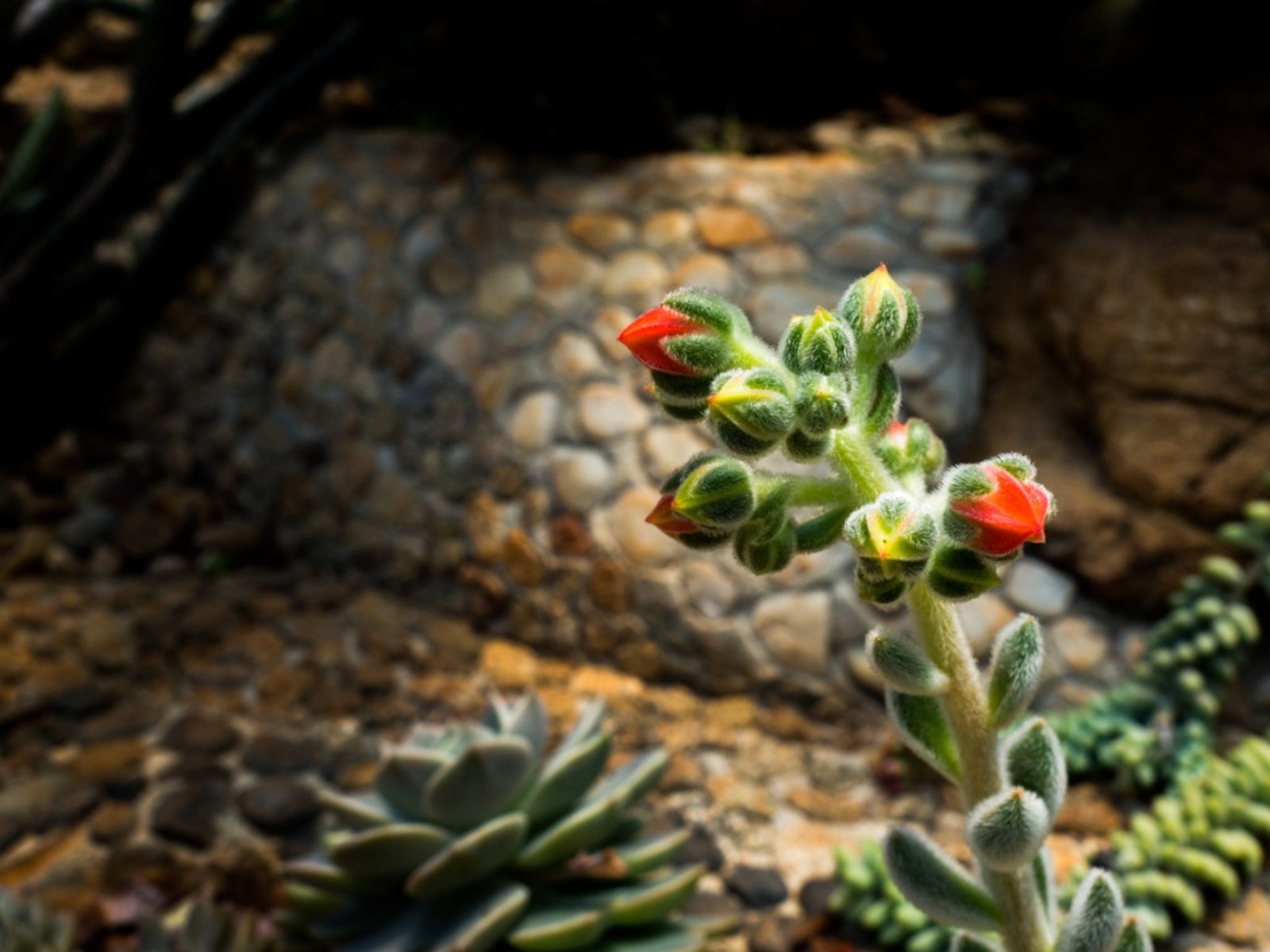 Doris Taylor Succulent Info: Tips On Growing A Woolly Rose Plant
Doris Taylor Succulent Info: Tips On Growing A Woolly Rose PlantEcheveria "Doris Taylor," also called the woolly rose plant, is a favorite of many collectors. If you’re not familiar with this plant, you may ask what is a woolly rose succulent? Click this article to learn more about this interesting succulent plant.
-
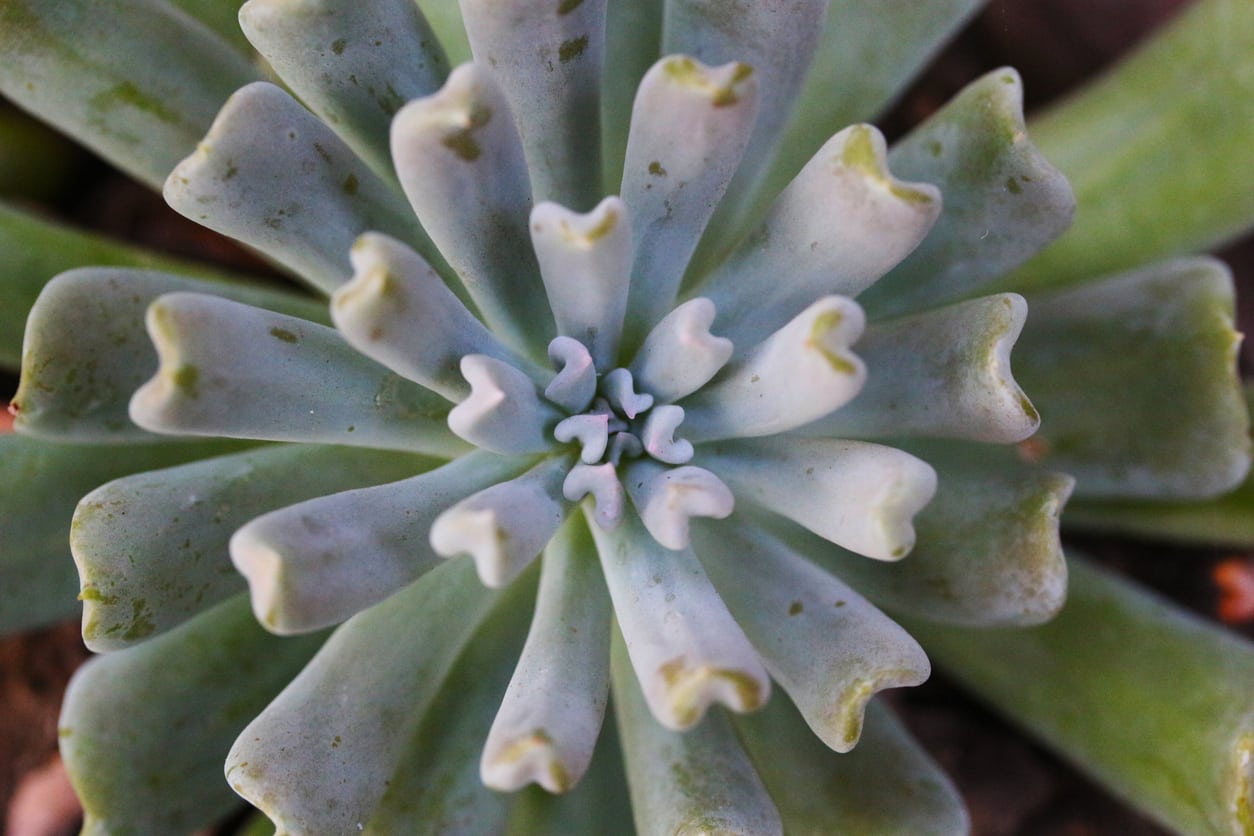 Irish Mint Echeveria Info: How To Grow An Irish Mint Succulent
Irish Mint Echeveria Info: How To Grow An Irish Mint SucculentEcheveria is a genus of stonecrop plants with a huge variety of species and cultivars, many of which are very popular in succulent gardens and collections. One beautiful and easy-care variety is Echeveria ‘Irish Mint.’ Click here for more info on this echeveria plant.
-
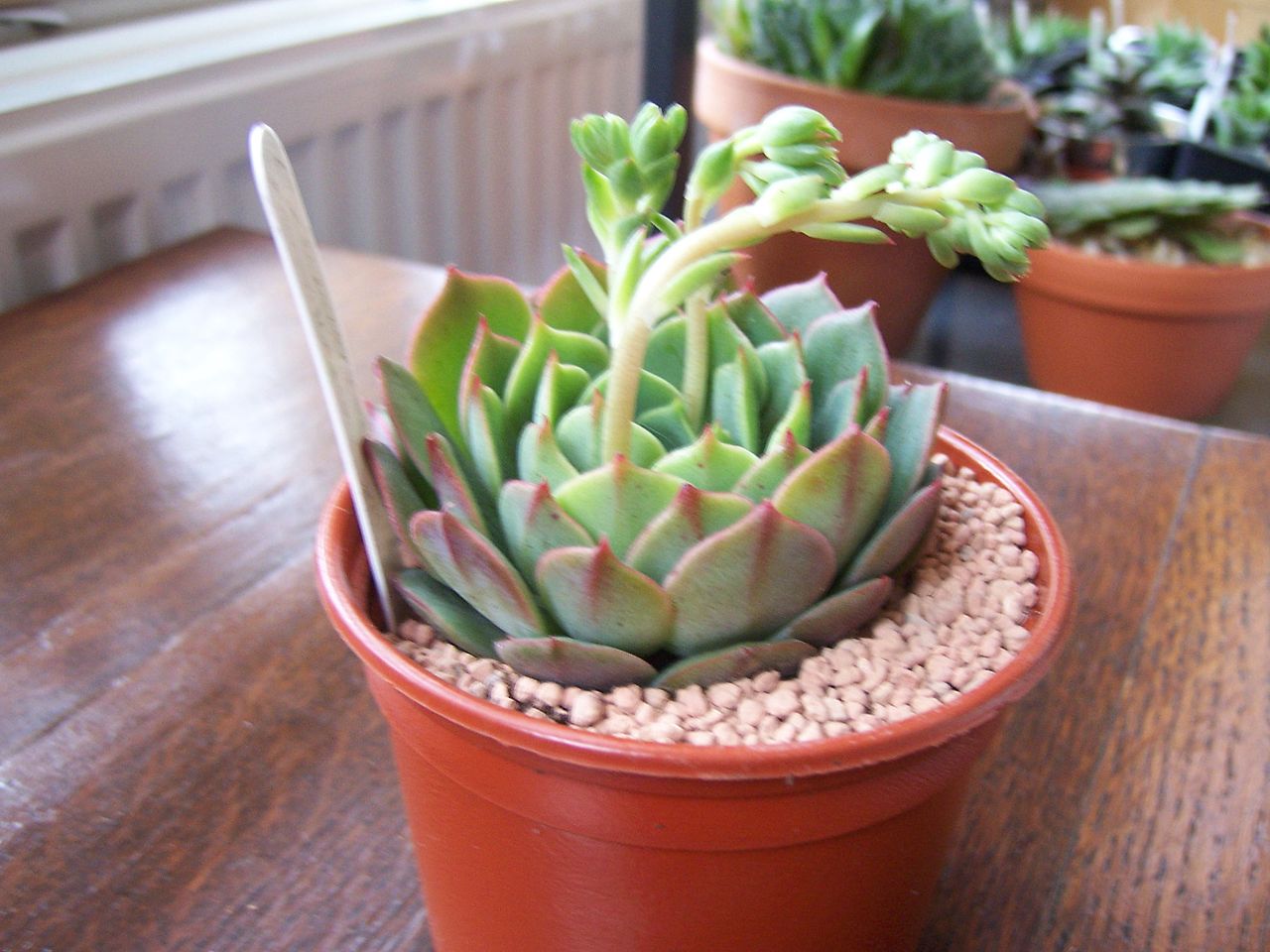 Caring For Ramillette Echeverias – Information About Ramillette Succulents
Caring For Ramillette Echeverias – Information About Ramillette SucculentsThe Ramillette echeveria plant is also called Mexican hens and chicks, but don’t be misled. These plants are only hardy in USDA zones 9-11 for year-round outdoor planting and growing. Click here to learn more about caring for a Ramillette echeveria plant.
-
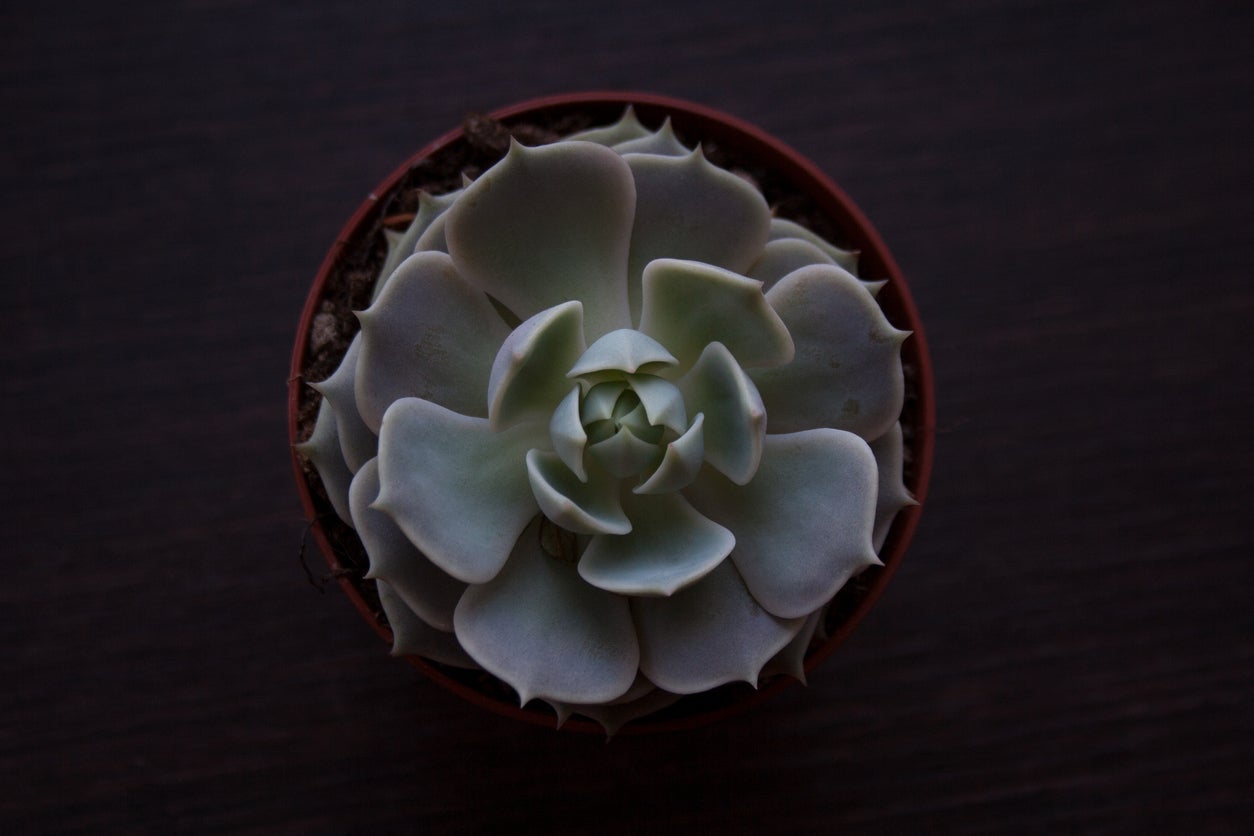 Echeveria ‘Lola’ Info: Learn How To Care For A Lola Echeveria
Echeveria ‘Lola’ Info: Learn How To Care For A Lola EcheveriaAnother of the most commonly owned succulents, the popular Echeveria ‘Lola’ plant is a beautiful, rosette that may be surrounded by pups. Offsets produce readily on this grayish-blue leafed favorite. Growing Lola echeveria is simple too, and this article will help.